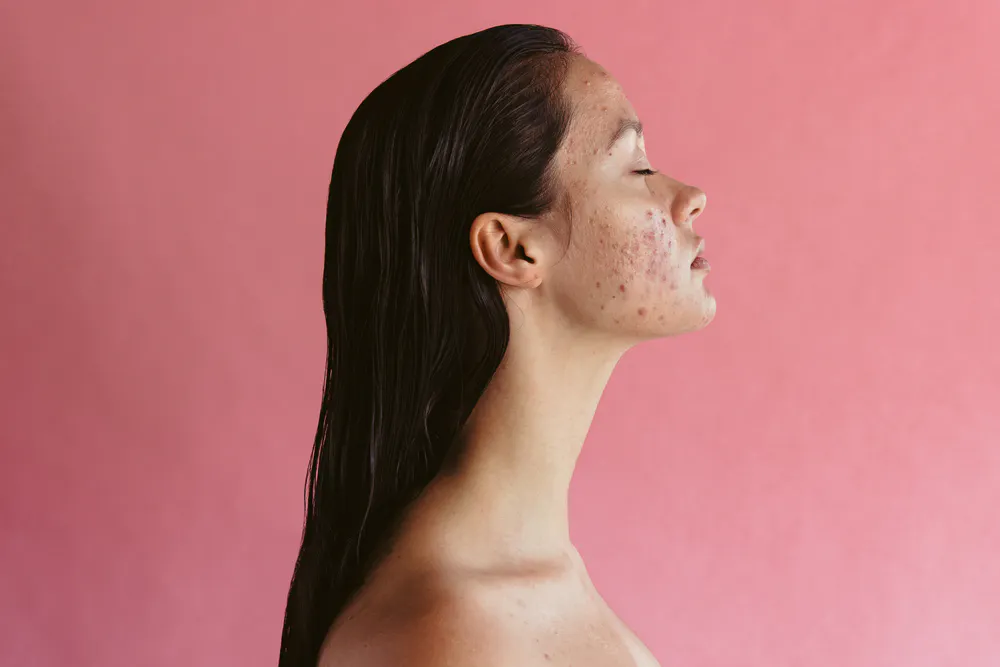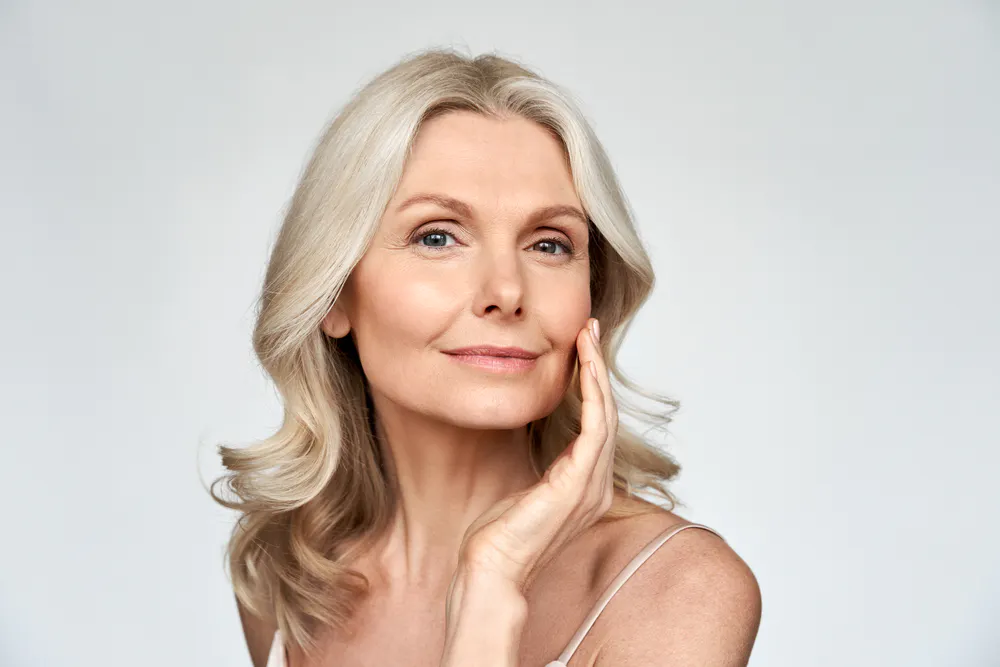Tretinoin, a prescription medication primarily used for acne treatment, has seen a surge in popularity. Its proven efficacy has made it a viral sensation on TikTok, where users demonstrate its transformative effects. Beyond combating acne, Tretinoin also improves overall skin texture by reducing fine lines and wrinkles, resulting in a more youthful and radiant complexion. While many viewers are drawn to TikTok testimonials about this treatment, they often lack comprehensive understanding of what to realistically expect. This article provides a detailed overview of Tretinoin’s effects, helping potential users make informed decisions. We’ll also address common questions about the medication, equipping readers with the knowledge to determine if it’s right for them.
The First 3 Weeks of Tretinoin Use: What to Anticipate
During the initial three weeks of Tretinoin application, many users experience skin irritation that may seem like their condition is deteriorating, especially for acne treatment. This temporary worsening is normal as the medication works to renew skin cells. Some individuals may need to wait up to 12 weeks before seeing noticeable improvements in their skin’s appearance.
Long-Term Tretinoin Benefits: Will Acne Improve Permanently?
While persistence is key during the initial adjustment period, most users observe significant skin improvement after about 12 weeks (sometimes longer) as the medication needs time to work effectively. Many report an initial “purge” phase where skin appears worse before revealing healthier skin underneath. With consistent long-term use, Tretinoin can help achieve optimal skin condition and maintain these benefits over time.

Does Tretinoin initially worsen acne?
The “skin purging” phase is a common initial reaction to Tretinoin, where acne may temporarily appear more severe. This occurs as the medication accelerates skin cell turnover, bringing underlying impurities to the surface. While frustrating, this process is necessary for achieving clearer skin in the long run. Continuing treatment as prescribed leads to fresher, healthier skin over time.
Tretinoin Timeline: What to Expect at Each Stage
2-4 Weeks:
- Mild skin irritation
- Noticeable skin peeling
- Purging phase begins
4-6 Weeks:
- Can gradually increase application frequency
- Skin texture becomes smoother with less peeling
8-12 Weeks:
- Visible skin improvements emerge
- Deeper skin layers rejuvenate
- Dark spots begin fading
6+ Months:
- Sustained skin benefits
- Reduced wrinkles and fine lines
- Minimal acne breakouts
Understanding Skin Purging
Skin purging describes the initial period when Tretinoin accelerates the shedding of damaged skin cells, temporarily making skin appear worse. This process allows healthier new cells to surface, ultimately improving acne and overall skin quality. The purge typically lasts several weeks before improvements become visible.
Proper Tretinoin Dosage to Minimize Side Effects
Healthcare providers typically recommend applying a pea-sized amount of Tretinoin cream to the face nightly. Exact dosage may vary based on individual skin conditions and tolerance to prevent excessive irritation.
Should I schedule follow-up appointments while using Tretinoin?
Consult your doctor if you have concerns about your treatment progress or suspect the medication isn’t working effectively. Remember that the purging phase is often mistaken for treatment failure, so your provider may recommend continuing use before evaluating results.
Sun Protection While Using Tretinoin
Tretinoin increases photosensitivity, making sun protection crucial, especially during early treatment. Always apply broad-spectrum sunscreen with SPF 30 or higher when outdoors, and consider wearing protective clothing to shield your skin.
Combining Tretinoin with Other Topical Products
When using additional skincare products, wait at least one hour after applying Tretinoin. Since Tretinoin is typically used at bedtime, this timing usually doesn’t interfere with daytime skincare routines.
Common Tretinoin Experiences:
Is a burning sensation normal with Tretinoin?
Mild burning may occur during the initial purging phase when using Tretinoin, but this typically subsides within two weeks as skin adjusts to the treatment.
Should I expect stinging with Tretinoin use?
Temporary stinging is another possible side effect during the adjustment period. If this sensation persists beyond a few weeks, consult your healthcare provider.
Will my skin peel when starting Tretinoin?
Yes, skin peeling is expected initially as Tretinoin accelerates cell turnover. This indicates the medication is working to shed old skin cells and reveal healthier ones underneath.
Is redness normal with Tretinoin?
Skin redness is a common temporary reaction, especially for those with sensitive skin or severe initial conditions. This typically improves within a few weeks of consistent use.

Tretinoin FAQs
Does Tretinoin interact with hair products?
Tretinoin doesn’t cause hair loss or interact with hair styling products since they’re not applied to facial skin where Tretinoin is typically used.
Can Tretinoin increase sun sensitivity with other products?
Since Tretinoin already increases UV sensitivity, combining it with other sun-sensitive products may intensify skin reactions. Always use high SPF sunscreen (minimum 30) formulated for sensitive skin.
Should I avoid alcohol-based products with Tretinoin?
Alcohol-containing skincare products can worsen Tretinoin side effects like stinging and dryness. Opt for alcohol-free, gentle formulations designed for sensitive skin during treatment.
Tretinoin Usage Tips
Is protective clothing necessary with Tretinoin?
Given Tretinoin’s photosensitizing effects, wearing sun-protective clothing, wide-brimmed hats, and seeking shade are recommended alongside daily sunscreen use.
Should I use moisturizer with Tretinoin?
Moisturizing helps counteract initial dryness and irritation. Choose fragrance-free, non-comedogenic moisturizers formulated for sensitive skin to complement Tretinoin treatment.
Optimal Time for Tretinoin Application
Most prescribers recommend applying Tretinoin in the evening before bed, as this allows the medication to work overnight without interference from sunlight or other products.
Sources:
https://www.nhs.uk/conditions/acne/treatment/
https://www.healthline.com/health/skin/tretinoin
https://www.webmd.com/drugs/2/drug-3956/tretinoin-topical/details







